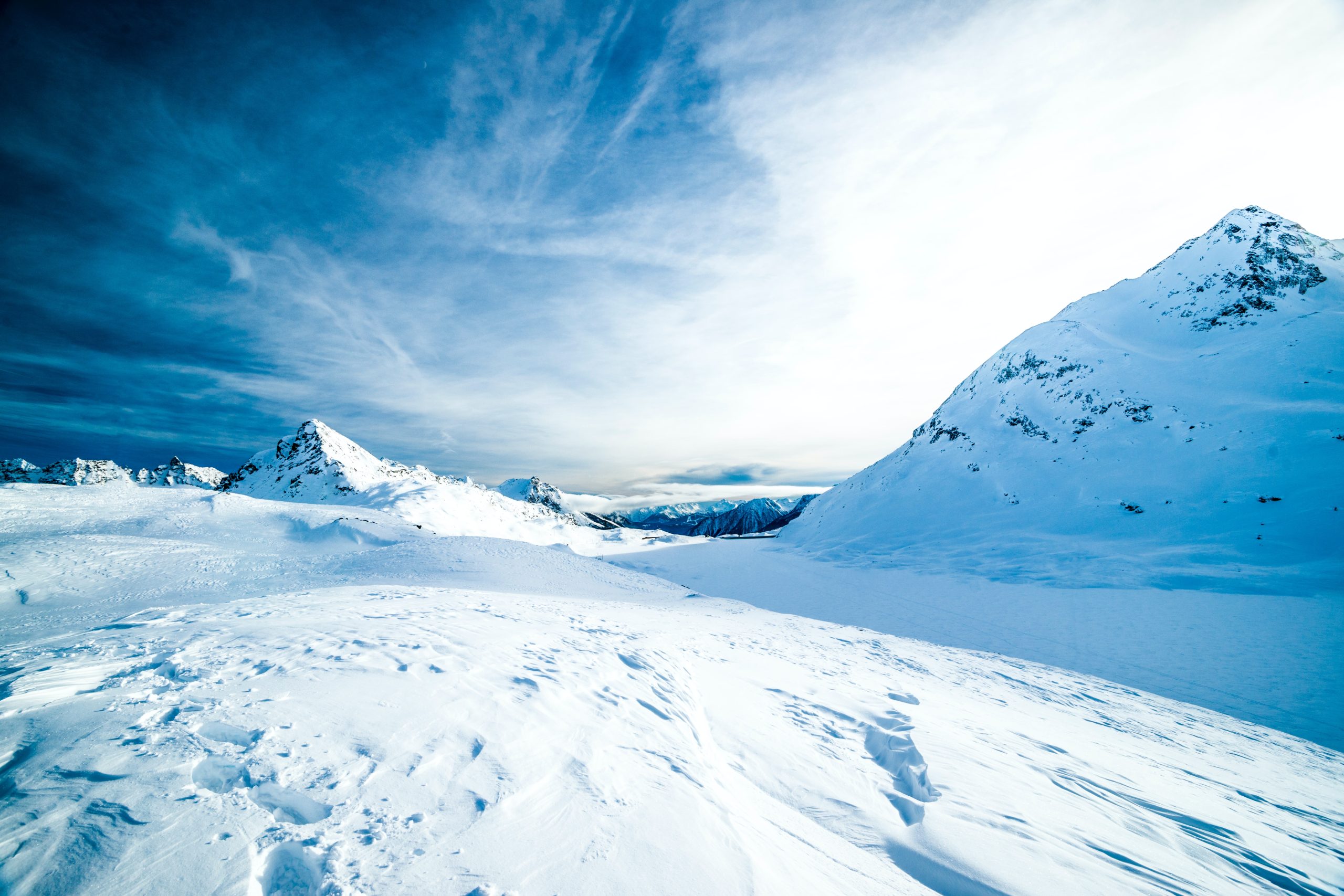Introduction
Winter weather can vary significantly depending on where you live in the United States. While some regions experience mild and relatively snow-free winters, others are hit with heavy snowstorms and freezing temperatures year after year. Have you ever wondered why this is the case? The answer lies in geographical factors that affect how winter weather develops across different regions of the country. In this blog post, we will explore these factors and explain why there is such a difference between winter weather in the East and West of the United States. So grab a warm cup of cocoa, sit back, and let’s dive into what makes winter weather so unique across regions!
Climate of the Eastern United States
The Eastern United States has a varied climate due to its vast size and location. The region is characterized by cold winters and hot summers, with high humidity levels throughout the year. This is due to its proximity to the Atlantic Ocean, which brings in moisture that leads to precipitation.
In addition, the Appalachian Mountains play a significant role in shaping the weather patterns of this region. They act as a barrier against extreme weather conditions, such as heavy snowfall or hurricanes.
The Eastern United States also experiences different types of storms during winter months. Nor’easters are common in New England and can bring blizzard-like conditions with heavy snowfall and strong winds. Ice storms are also prevalent, especially in the southern states where freezing rain can cause power outages and hazardous driving conditions.
The climate of the Eastern United States is complex and influenced by various geographical factors. It’s important for residents of this region to stay informed about changing weather patterns throughout the year to adequately prepare for any potential dangers or disruptions caused by severe weather events.
Climate of the Western United States
The Western United States is known for its varied topography, from the mountains to the deserts. The climate in this region is greatly influenced by its geography and location.
The Pacific Ocean plays a significant role in shaping the climate of the western states. This vast body of water creates a marine layer that cools down coastal areas during summer months and warms them up during winter. It also brings abundant moisture which results in rainy winters on the coast.
Moving further inland, there are several mountain ranges such as Sierra Nevada and Rocky Mountains that create rain shadows or areas with lower precipitation levels. These regions experience dry summers and cold winters with occasional snowfall.
In contrast, desert regions like Mojave Desert receive very little precipitation throughout the year but have extreme temperature variations between day and night due to their lack of humidity.
Western US experiences more mild temperatures compared to Eastern US due to its proximity to oceanic influences which help regulate temperatures throughout all seasons. However, it’s important to note that microclimates exist within each state depending on elevation, terrain features and other factors.
What Causes Western Winter Weather?
The Western United States is known for its diverse winter weather patterns. From heavy snowfall in the mountains to dry and mild temperatures along the coast, the region experiences a wide range of conditions during this time of year.
One major factor that contributes to western winter weather is geography. The presence of mountain ranges such as the Rocky Mountains and Sierra Nevada creates a unique climate that can drastically affect temperature and precipitation.
As moist air from the Pacific Ocean moves inland, it collides with these towering peaks and is forced upwards. This process causes cooling which leads to condensation and ultimately results in precipitation in the form of snow or rain.
Additionally, high-pressure systems often settle over parts of the West during winter months, causing clear skies but also allowing cold air masses to linger in certain areas. These factors together contribute to varying levels of snowfall across different regions within the West.
While geography plays a large role in determining western winter weather patterns, other factors such as ocean currents and atmospheric pressure also come into play.
Conclusion
The difference in winter weather between the East and West of the United States can be attributed to a variety of geographical factors. While both regions experience cold temperatures during the winter months, they have vastly different climates that affect precipitation levels and storm patterns.
The Eastern region is characterized by humid subtropical and continental climate zones that result in heavy snowfall and frequent winter storms. In contrast, the Western region has more arid climates with high elevations resulting in dry winters with occasional bouts of heavy snowfall.
By understanding these geographic influences on winter weather patterns, we can better prepare for potential hazards such as extreme cold snaps or ice storms. Whether you reside on the East or West Coast, it’s important to stay informed about local weather forecasts and plan accordingly to ensure your safety during this coldest season of the year.




